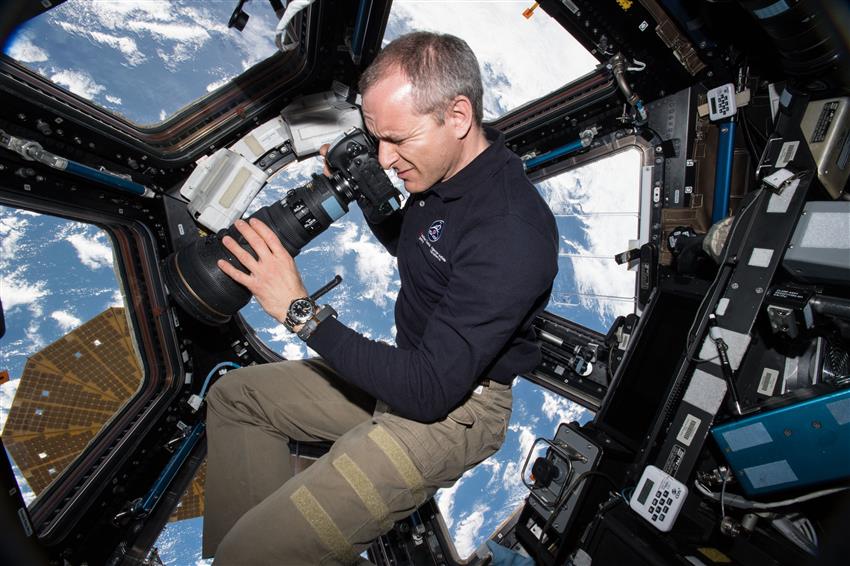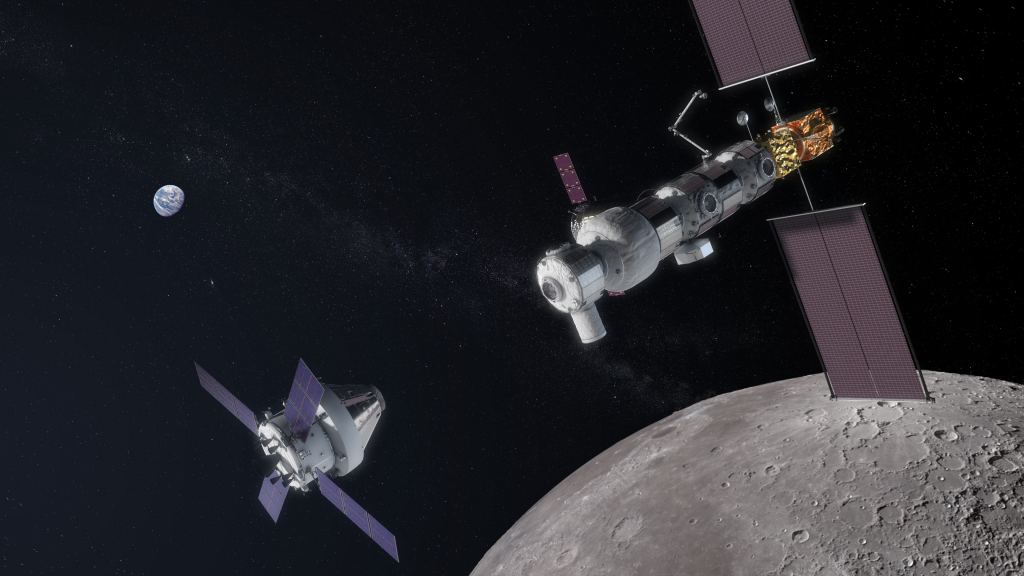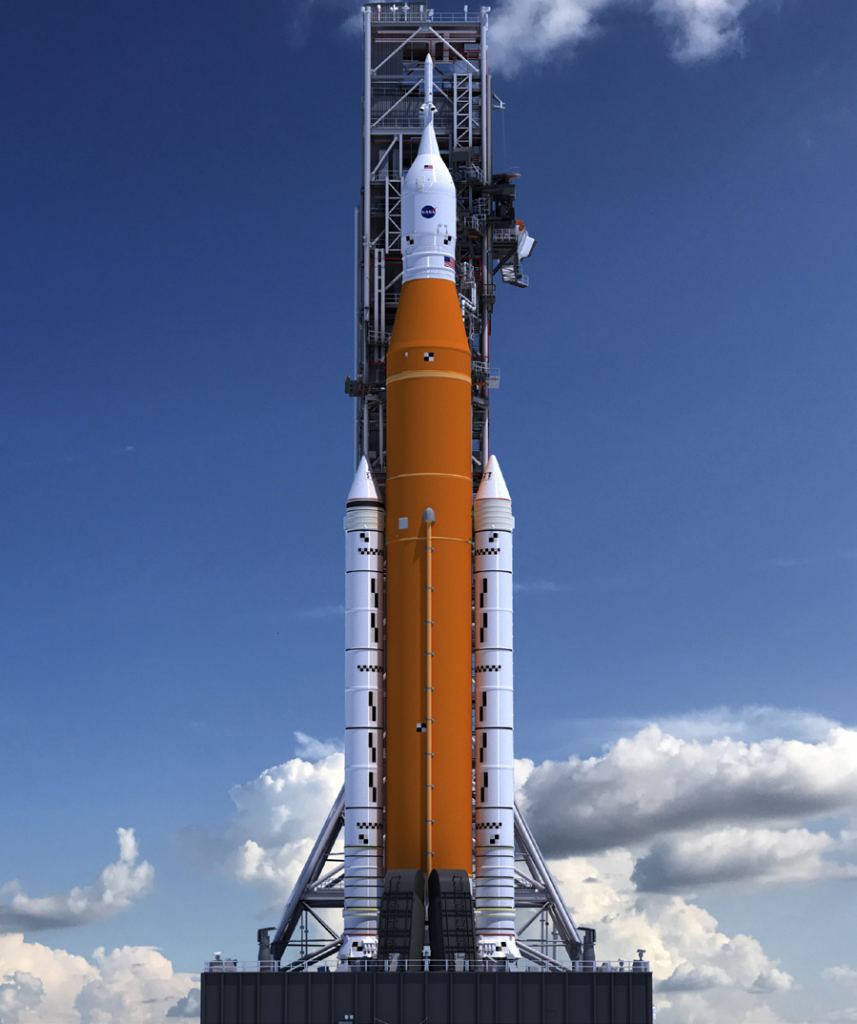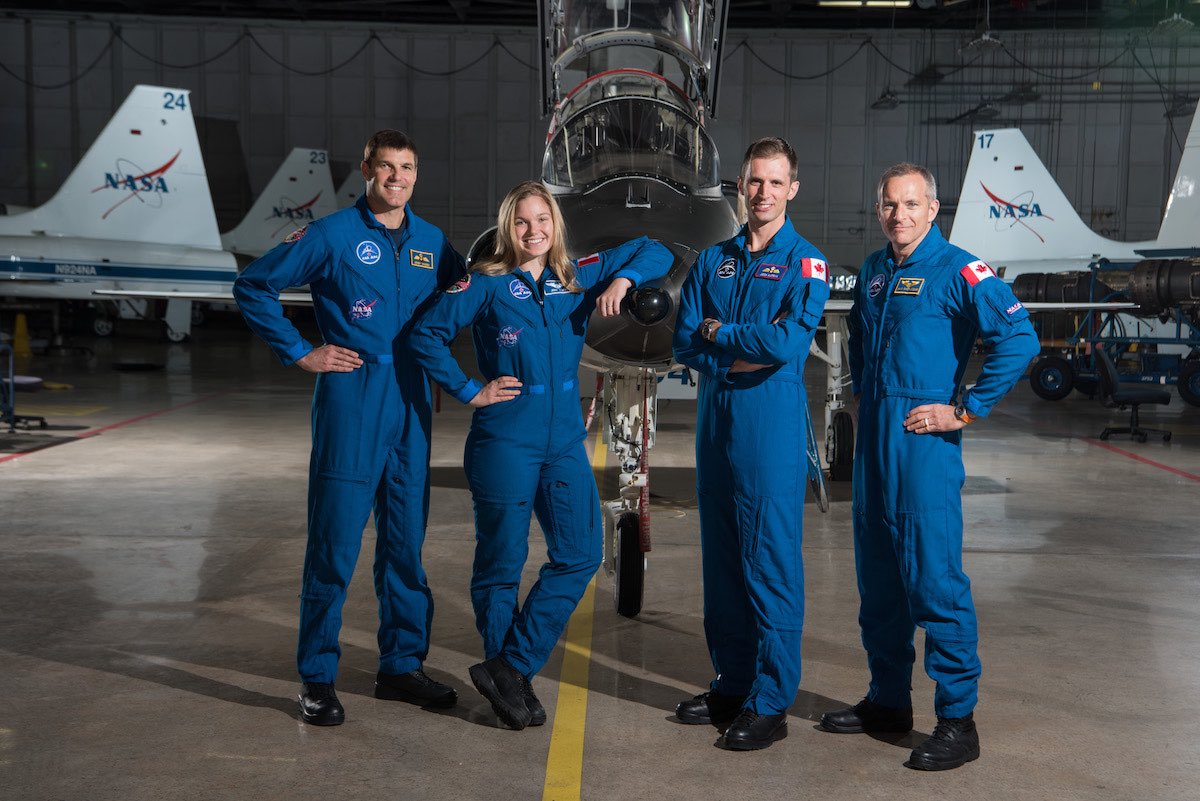NASA and the Canadian Space Agency (CSA) recently announced that a Canadian astronaut will fly as part of the crew of Artemis II. This mission, scheduled for May of 2024, will see an Orion space capsule conduct a circumlunar flight where it flies around the Moon without landing. This will be the first of two crew opportunities that NASA will provide for Canadian astronauts on Artemis missions (as per the agreement).
This circumlunar flight will pave the way for the Artemis III mission in 2024, which will see astronauts return to the lunar surface for the first time in over 50 years. The announcement was made last week (Wednesday, Dec. 16th) by Navdeep Bain and Lisa Cambell, Canada’s Minister for Innovation, Science and Industry, and the President of the CSA (respectively).
This mission will be a historic event since only American astronauts have ever traveled beyond Earth orbit, which is something that has not happened since the closing days of the Apollo Era in 1972. The mission will also make Canada the second nation in the world to send an astronaut around the Moon.

The astronauts selected will also have the honor of being part of the mission that sets the record for the farthest human travel beyond the far side of the Moon. Whereas Artemis II will be the first of two Artemis missions that will include a Canadian astronaut, the second flight will be to the Lunar Gateway once its assembled (by 2030).
This is agreement is in keeping with the long-standing tradition of cooperation between Canada and the United States, which have since the earliest days of the Space Age. In terms of human spaceflight, Canada built the Canadarm for the Space Shuttle program. This was followed by the Canadarm2 being installed on the International Space Station (ISS) in 2001, which played a vital role in the station’s construction.
Which of Canada’s astronauts will get to go remains TBD, but it will be one of the CSA’s four active astronauts – who were also present for the announcement. They include:
- Col. Jeremy Hansen: a former fighter pilot and Combat Operations Officer (COO) with the Royal Canadian Air Force (RCAF), Hansen was born in London, Ontario, in 1974. He was selected by the CSA in May 2009, through the third Canadian Astronaut Recruitment Campaign and is one of 14 members of the 20th NASA astronaut class.
- Jennifer Sidey-Gibbons: Born in Calgary, Alberta, in 1988, Sidney-Gibbons is a former mechanical engineer and assistant professor in internal combustion engines at the Department of Engineering of the University of Cambridge. On July 1st, 2017 (Canada’s 150th anniversary) she was recruited by the CSA as one of two new astronauts.
- Lt. Col. Joshua Kutryk: Born in Fort Saskatchewan, Alberta, in 1982, Kutryk is a mechanical engineer and former test/fighter pilot with the RCAF. He was also selected by the CSA in 2017 through the fourth Canadian astronaut recruitment campaign.
- David Saint-Jacques: Born in Saint-Lambert, Quebec, in 1970, Saint-Jacques is an engineer and astrophysicist. He is also an Adjunct Professor of Family Medicine at McGill University and a former medical doctor and the co-chief of medicine at Inuulitsivik Health Centre in Puvirnituq, Nunavik, where he oversaw the training of medics. He joined the CSA in 2009 as part of NASA’s 20th astronaut class and spent 204 days aboard the ISS as part of Expedition 58/59 (December 2018 – June 2019).

Canada will also be responsible for providing the Lunar Gateway with its external robotics system, which will include the Canadarm3 (a robotic system designed to function autonomously). The agreement to collaborate on the Gateway was finalized as part of the astronaut agreement and also calls on Canada to provide the Gateway modules with robotic interfaces.
The Canadarm3 will also install the first two scientific instruments to the Gateway. These will be the NASA’s Heliophysics Environmental and Radiation Measurement Experiment Suite (HERMES) and the ESA’s European Radiation Sensors Array (ERSA) experiments – which will improve weather forecasting for astronauts. As Dan Hartman, the Gateway program manager at NASA’s Johnson Space Center, expressed:
“CSA’s advanced robotics contribution with Canadarm3 builds upon our long spaceflight history together, enabling us to perform critical long-term sustainability and maintainability functions, overall inspections of the external Gateway and its attached vehicles, and servicing of external payloads in support of our worldwide research initiatives.
“Our efforts are well underway on Gateway to integrate CSA’s robotics system with arm attachment points and smaller dexterous adaptors already being incorporated into the individual Gateway modules including the PPE (power and propulsion element), HALO (habitation and logistics outpost), Gateway logistics, and international habitation element designs.”

The Gateway is a central element to NASA’s long-term goal of establishing a “program of sustainable lunar exploration.” By 2030, this will include a surface element (the Artemis Base Camp) located in the cratered and permanently-shadowed South-Pole Aitken Basin. NASA plans to launch the first two segments of the Gateway – a Power and Propulsion Element (PPE) and a Habitation and Logistics Outpost (HALO) – in 2023.
However, the station will not be used as a temporary habitat for visiting astronauts until other segments are delivered by the end of the decade. These will be provided by the CSA, the European Space Agency (ESA), and the Japan Aerospace Exploration Agency (JAXA). Once operational, the Gateway will be paired with a reusable human lander system (HLS) that will allow astronauts to travel to and from the lunar surface.
Along with the Artemis Base Camp, NASA and other agencies will be able to send missions to the Moon for extended periods of time. In the long-run, the Gateway will be paired with the Deep Space Transport (DST) that will enable crewed missions to Mars and beyond. Before any of that can happen, though, NASA must validate the Orion, the Space Launch System (SLS), and other elements of Project Artemis for crewed missions.
The Artemis II mission will be the first time that astronauts go to space using an Orion space capsule, which has also been test-launched without crew. As Bain said, the mission “will allow us to continue our tradition of being a world leader in space exploration. It’s exciting. It’s a start. And it gives us hope for the future in these challenging times.”
In a statement, NASA Administrator Jim Bridenstine praised the spirit of cooperation that exists between the two space agencies. This included Canada being the first international partner to commit to the Gateway program last year and one of the first group of countries to sign on to the Artemis Accords this past October. As he said:
“Canada was the first international partner to commit to advancing the Gateway in early 2019, they signed the Artemis Accords in October, and now we’re excited to formalize this partnership for lunar exploration. This agreement represents an evolution of our cooperation with CSA providing the next generation of robotics that have supported decades of missions in space on the space shuttle and International Space Station, and now, for Artemis.”
The first test flight of the SLS and Orion (Artemis I) an uncrewed test flight of SLS/Orion, is scheduled for November of 2021. Artemis III, which will land “the first woman and next man” on the Moon for the first time in over 50 years, is currently scheduled for October of 2024. There are doubts that NASA will be able to meet this expedited timeline, which VP Pence announced in 2019 on the 50th Anniversary of the Apollo 11 Landing.
Part of the problem is budgetary. At present, US Congress has not approved the funding necessary just for FY2021 ($3.4 billion) to keep the project moving forward. The HLS, which has become indispensable since the Lunar Gateway was de-prioritized last March, is still in the design phase. NASA announced the three companies that were competing to develop an HLS (SpaceX, Blue Origin, and Dynetics) at the end of April.

There’s also the SLS, which has experienced multiple delays that have forced the date of Artemis I to be pushed back several times at this point. And with a new administration entering office on January 20th, 2021, NASA may find itself being freed of its 2024 hard deadline, which could means that its priorities will be shifted a little in the coming year.
But one thing that won’t change is NASA and its international partners’ (the CSA, the ESA, JAXA, and maybe even Russia and China) commitment to returning to the Moon in this decade (and laying the groundwork for a permanent human presence). NASA is also deep in the process of deciding who gets to go on the first crewed Artemis mission and subsequent ones.
During the same meeting, NASA presented the astronauts that will be part of the 18-member Artemis Team. And as Hansen said, whichever lucky CSA astronaut gets to go on Artemis II will do so on behalf of Canada and the astronaut team as a whole:
“We’re all going to be working towards achieving this goal on behalf of Canada. One of the things that’s really important to us as an astronaut corps is that we’re a team, and that we take on these big challenges together. We look out for one another, and it doesn’t turn into a competitive process, but turns into a process of us lifting each other up all the way.”
Further Reading: CSA, NASA, Space Policy Online, SpaceFlightNow

